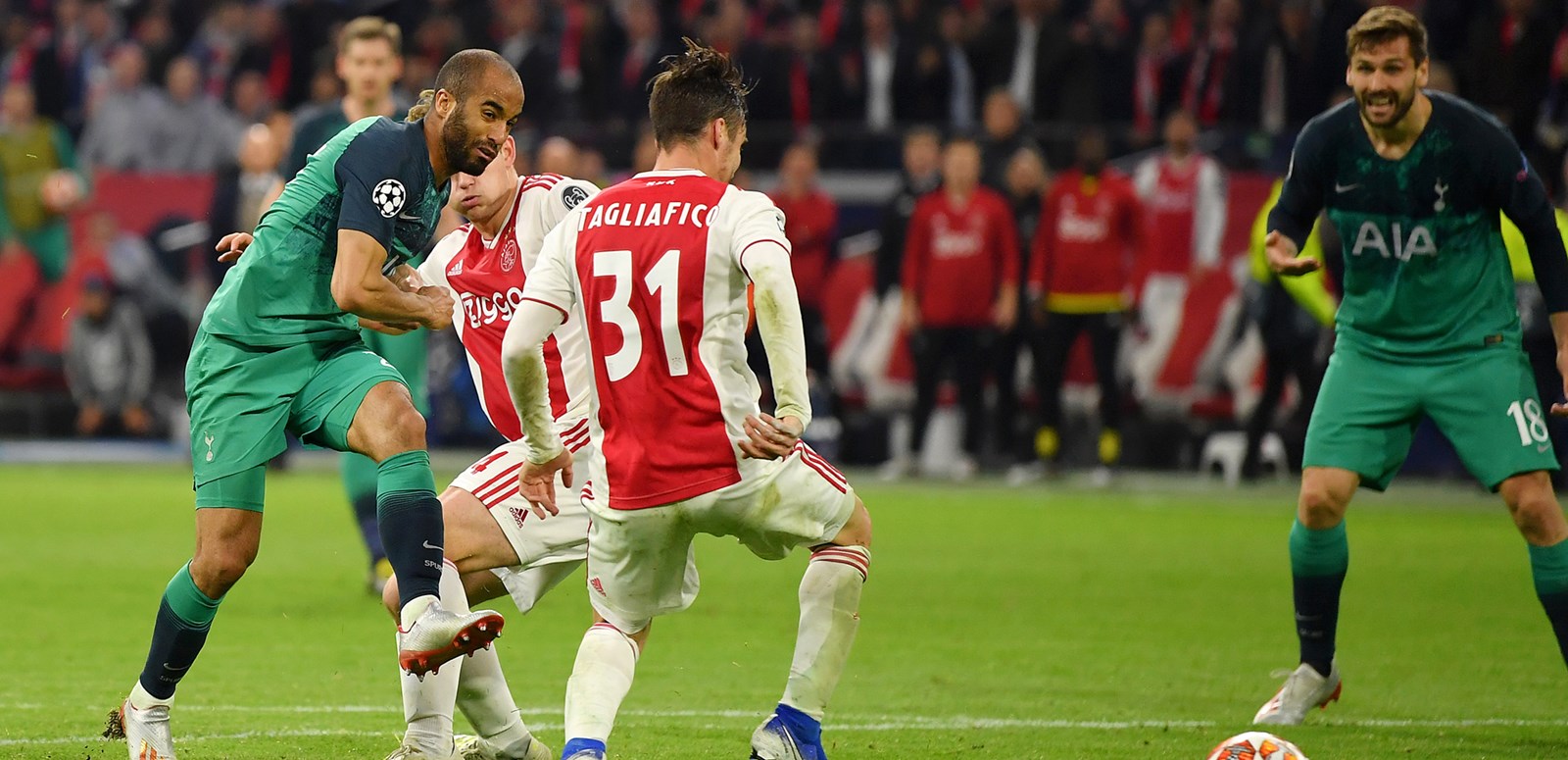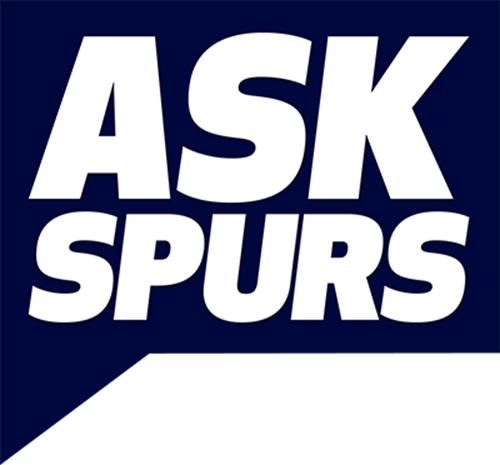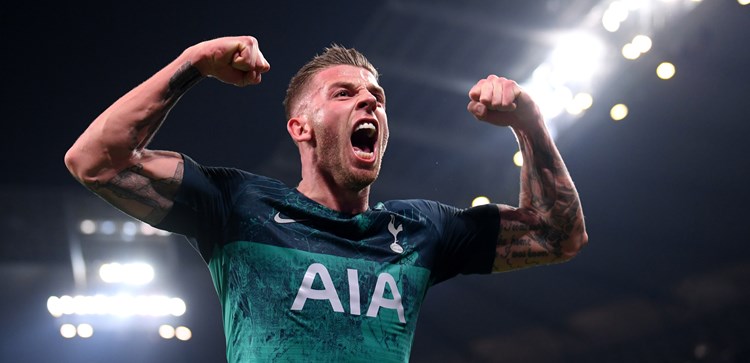
The untold story of our green Champions League kit
Thu 07 May 2020, 14:00|
Tottenham Hotspur
The pattern on the front of the shirt was said to be an aerial depiction of north London, but our unusual green third kit from last season would go on to become synonymous with our journey in Europe as we marched all the way to the Champions League Final in 2019.
Launched earlier than planned in August, 2018 – more of that in a moment – the kit was used eight times, but became etched into Club folklore for its outings in the fairytale quarter-final and semi-final second-leg fixtures against Manchester City and Ajax in European football’s elite competition.
This Friday (8 May) marks the one-year anniversary of that unforgettable night in Amsterdam, as Lucas Moura’s second-half hat-trick booked our place in the Final. Weeks earlier, Fernando Llorente’s vital goal, coupled with last-gasp VAR drama that denied City’s Raheem Sterling an aggregate winner, had seen us edge through our high-scoring last-eight tie at the Etihad to reach the semis. The images from those fabled nights have consequently been immortalised in our proud history – and, by association, so has the kit we wore.
Lucas Moura's iconic celebration after his last-gasp winner at Ajax in the Champions League semi-final
Appearing for the last time at Ajax, the garment in question actually began life a little over 100 miles due south of the Dutch capital, in the Belgian municipality of Laakdal, at the European Logistics Campus of our Official Kit Partner, Nike. Who could have known when it was shipped over to the Club in bulk ahead of our opening Premier League game of the 2018/19 season at Newcastle that it would become so iconic?
Launch day
Recognised as our first-ever green outfield kit, its launch was about as last-minute as Lucas’ hat-trick goal in Amsterdam. Initially slated to come out in early-September, in line with the third kits of many of Nike’s other partner clubs and ahead of the first round of Champions League group stage fixtures, it was required for use in our Premier League curtain-raiser at St James’ Park on 11 August, 2018, with Newcastle’s black and white stripes deemed to clash with both our already-released Lilywhite home and navy blue away kits.
Dele's goal celebration in the opening-day win at Newcastle took the internet by storm!
Consequently, Club staff and our colleagues at Nike collaborated to ensure the third kit launched on the morning of the matchday at Newcastle – although it wasn’t all straightforward. While the first team squad, crucially, had everything they needed and our retail team had worked through the night to fit out our Spurs Shops with the new stock, a plan to surprise fans on one of the supporters’ coaches travelling up to St James’ Park with a special competition to give away a limited number of the new green shirts via golden tickets hidden under certain seats fell through after the third party-operated coach broke down at Leicester Forest East services before proceedings could get underway! Thankfully, Club staff ensured that those supporters who would have won still received their kits, albeit without the intended fanfare.
The design
The colour of the kit was officially ‘Neptune Green’ and drew inspiration from the original Charrington’s Brewery logo, the company that initially owned part of the land where our stadium now resides. Although officially classified as a third kit, it was our designated change strip in the Champions League last season, with the design said to be “inspired by a combination of modern sport, territorial pride and our heritage.”
Scott Munson, VP, Nike Global Football Apparel, explained this week: “With the Club building a new stadium at the time we wanted to pay respect to N17 and the location of the Club, which was the clear inspiration behind the third jersey design. The shirt’s print had a modern, asymmetrical pattern of dark colours and upon closer inspection, the pattern revealed an aerial depiction of the Club’s location in the Borough of Haringey. The green hue on the body, shorts and socks of the kit was inspired by the original logo of a brewery that owned a portion of the land where the new stadium is built.”
Moussa Sissoko celebrates at Ajax
The launch material at the time further clarified: “The Club’s impact in north London is depicted graphically through the heavy, foreboding darkness of the upper half of the shirt with hard, geometric design elements drawing references from our iconic kits of 1985/86, 1986/87 and 1991/92. At a macro level, the print on the shirt appears as a modern, asymmetrical pattern, blurring the lines between football culture and youth-inspired street culture. Looking closely, the pattern transforms into an aerial depiction of the Club’s locality in Haringey. Nike’s third jersey design theory is influenced by modern and unexpected colour palettes found in urban environments and the natural world.”
Jan Vertonghen, scorer of the first ever goal in the green kit that day at Newcastle, where we went on to win 2-1, smiled: “It was a different colour so first of all you think ‘okay, this is different’ but everyone loved it in the end and we enjoyed playing in it. The green kit was something special – I scored in it at Newcastle just after the World Cup after only a couple of days back in training so that’s something that comes with it in my memory, but really it will always be the one from the Champions League semi-final. I will always remember the Ajax game.”
It was a different colour so first of all you think ‘okay, this is different’ but everyone loved it in the end and we enjoyed playing in it.
Luke Amos remembers it for different reasons. With the Club’s Academy since he was a child, the young midfielder came off the bench to make his Premier League debut that day at St James’ Park, and remains the only player to have made his Tottenham debut wearing the kit in question: “I’ve got the shirt framed but it’s a bit unusual. All my other Tottenham shirts are white, but the most important one – from my first team debut – is green of all colours!” he smiled. “If I was walking down the street in that shirt, I’m not sure anyone would even know it’s Tottenham until they came closer, or unless they were a Tottenham fan, but it’s special, because it’s a part of an achievement that no-one can take away from me.”

Good fortune?
Any notion that the kit was ‘lucky’ is not strictly accurate. Of the eight games played while wearing it, we won four, lost three and let slip a late lead to draw 2-2 at PSV. That said, the 4-3 defeat at Manchester City in the Champions League quarter-final, second leg on 17 April last year for all intents and purposes was a victory when combined with our 1-0 home triumph as it sent us through to the semi-finals on away goals.
Following the 2-1 opening-day win at Newcastle, we claimed maximum points by the same scoreline at Brighton a month later wearing green, then won 2-0 at Huddersfield the following week, before the aforementioned Champions League matchday three disappointment against PSV during October in Eindhoven. Ironically, we flew out of Holland that night with our Champions League hopes hanging by a thread, yet by the time we left the same country a few months later – and after a second Dutch outing for the green kit in our 3-2 win at Ajax – we were heading to the Final!
Davinson Sanchez in opening-day action at Newcastle
A 2-1 defeat at Southampton in March, 2019, preceded the epic European quarter-final at City, before we returned to the Etihad in the Premier League three days later, slipping to a narrow 1-0 reverse. The Ajax outing was the green kit’s swansong.
Spot the difference!
Eagle-eyed supporters will have noticed that the kit actually came with two different sets of socks – the usual dark green socks were worn in the early-season games and again at Ajax, yet for both trips to Manchester City and the preceding Premier League game at Southampton, the team ran out wearing alternative-coloured stockings – closer to pale ice blue.
Kit man Steve Dukes explained: “If the opposing team wore dark-coloured socks, we would change to the lighter ones – we had two different kinds available to us for that reason, both compatible with the main colour scheme. If anything, the kit was actually better to wash than most of the others we’d had in the past – mainly because the grass stains were the same colour! The green kit was great for us to maintain.”
The alternative lighter-coloured socks on show at Southampton
In addition, the shirts used at PSV, City and Ajax were actually slightly different to those utilised in the Premier League – the logo of our Global Principal Partner, AIA, was marginally smaller on the Champions League versions of the kit due to UEFA regulations surrounding the dimensions of Clubs’ main sponsor logos. Of course, different competition sleeve badges were also required for Champions League outings compared to Premier League fixtures.
Complicating matters further, two sets of shirts are often used in the same match, with many players opting to change into a fresh top at half-time, meaning our kit team has to manage multiple sets of identical kit in the changing room on matchdays. As a result, the shirt in which Lucas sensationally bagged his second-half hat-trick at Ajax – which now takes pride of place at his family home in Brazil – was different to the one he played in during the first half in Amsterdam. Other players are more superstitious and prefer to keep the same outfit on for the whole 90 minutes.

Almost a year on – and surely long into the future – that fixture still provides happy memories for us all. Indeed, if you walk into the kit department at Hotspur Way, you’ll immediately be struck by two giant pictures hanging on the wall showing the green-clad squad’s post-match celebrations on that night of Dutch delirium. But despite the unusual story of the now-iconic strip we wore, it was of course the players who ultimately produced the magic on the pitch and made the rest of Europe green with envy.







